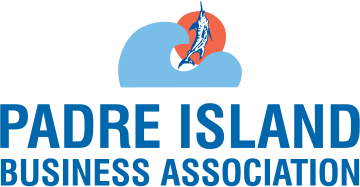The rapid development of COVD-19 tests and vaccines was a great achievement by worldwide volunteer, free market, self-managed and directed science and business. Two articles in the March 20-21, 2021 Wall Street Journal (WSJ) described how it was done.
The article by, Dr. Jennifer Dounda, a biochemist at the University of California-Berkley, and founder of the Innovative Genomics Institute, describes how research scientists at her lab and UCSF interrupted dozens of their projects and focused on COVID-19 tests and testing lab capacity. It was a unified project that had never been done before. The science behind a COVID-19 test was already within their expertise. However, starting up a clinical lab was not. There were great technical, logistical, and physical obstacles. In just 3 weeks, they secured lab certifications, developed new software and hardware, and began thousands of tests. Their lab helped test essential front-line workers and the most vulnerable populations in an area of 6 million people. The basic research for the tests had been done years before the need arose. It was a volunteer mission-driven collaborative project among academics, industry, and the community.
The second article was by Dr. Eric Topol, cardiologist, and professor of molecular medicine at the Scripps Research Institute in San Diego. He points out that in less than one year, we went from no COVID-19 patients to several effective, well-tested vaccines. He pointed out he had never seen science and medical research move that quickly. In the past 10 years. For 21 successful vaccine programs, it took an average of 8 years. Typically, it takes 17 years for life science research to become clinical practice.
To accomplish that quick result, the worldwide biomedical research profession refocused its work on the following tasks. First, understanding the virus, including its structural and cellular biology and mutations and our immune response to it. Second, identifying and testing re-purposed drugs in clinical trials. Third, developing potent monoclonal antibodies that could rapidly inactivate the virus. Fourth, determining risk factors and best practices inpatient care to reduce mortality and morbidity. All that had to be done concurrently as the vaccine moved through the process. That rapid pace required 10s of thousands of COVID-related research articles to pass through review and publication by the life-science publications which were reduced from months to days. FDA regulatory review was reduced from one year to 3 weeks.
COVID-19 shows what can be done when the priority is urgent, and all involved respond. That kind of urgency could produce great progress in the prevention of cancer, Alzheimer’s, and other conditions that result in death or loss of quality of life. However, the basic research that made the quick development of the mRNA vaccines possible was done 30 years ago.
Basic research depends primarily on Government, Foundation, and Research University funding. Typically drug companies cannot afford to do that. The potential commercial value is usually too uncertain. If the Federal government funds the basic research on a competitive, merit basis, the drug companies are experts at conducting R&D to turn the basic science discoveries into useful drugs.
The Federal government should facilitate the continuation of the voluntary, self-directed, self-managed collaboration among academics, life-scientists, and drug companies by setting priority goals, removing legal obstacles to free collaboration, quick review by life-science publications, and quick FDA review and approval.
Ralph Coker-Author
